We get geared up, charge the tanks into the dingy while the assisting militars of the base start the engine. In the background, a spectacular glacier stands above the ocean. The temperature is around minus 5 degrees. With the wind-chill, maybe minus 10. The water, around 0 degrees. Now I start to realize that I am going to dive in the freezing waters of Antarctica! Crazy!!
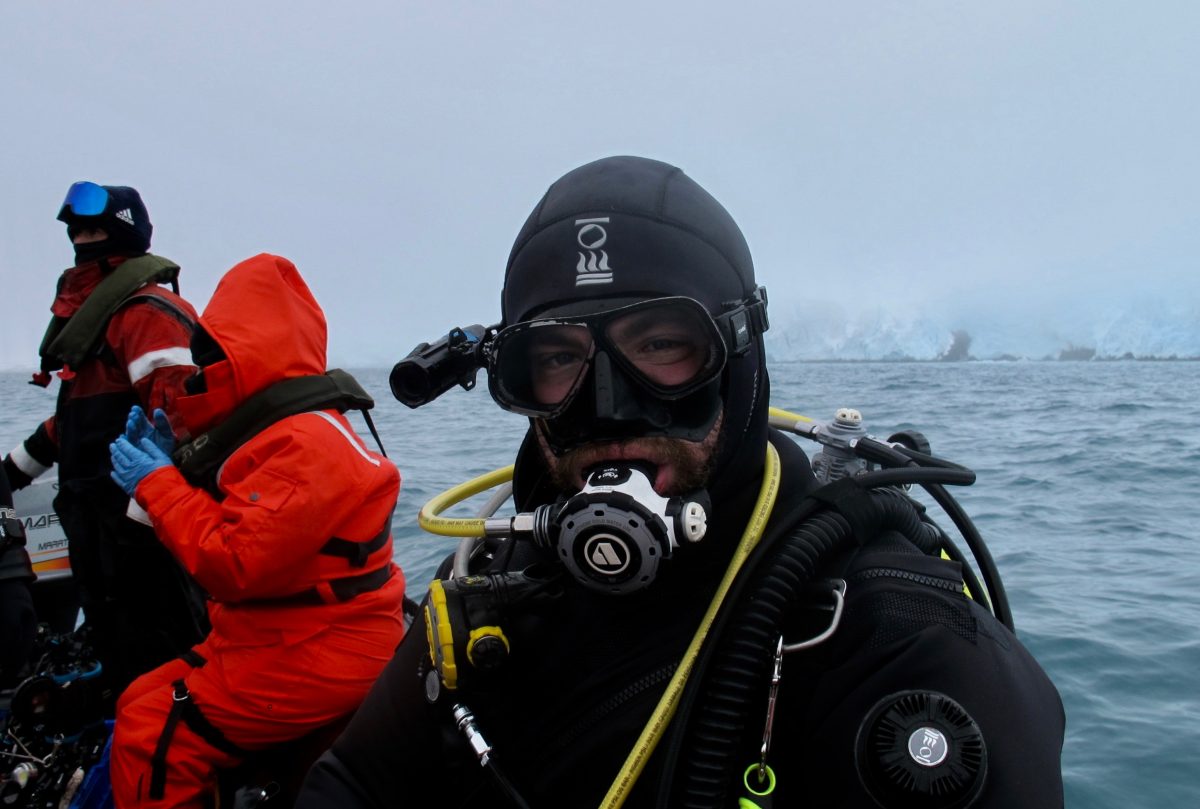
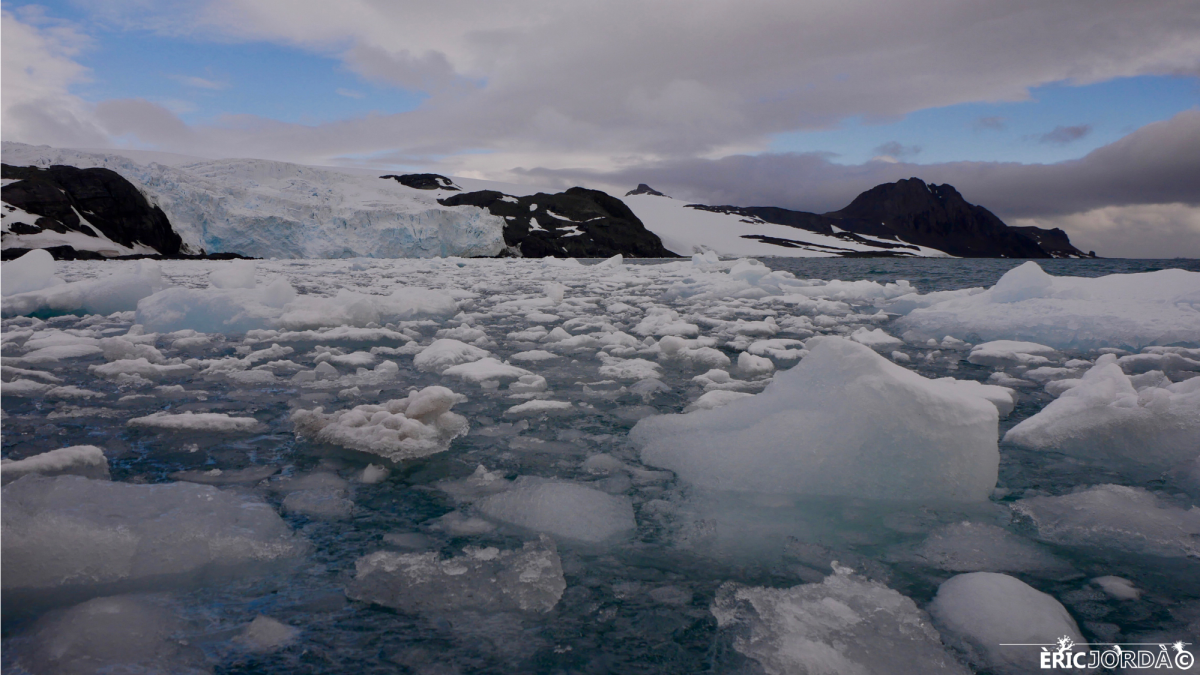
The OWUSS ROLEX scholarship, this time, allowed me to join a Chilean team from the Universidad Mayor of Santiago de Chile that studies the eukaryote microorganisms that live in symbiosis with Antarctic marine sponges. So, by mid-November, I made it to South America to meet the 5 other members of the team: Mario, Nelson, Marlene, Lea and Diego.
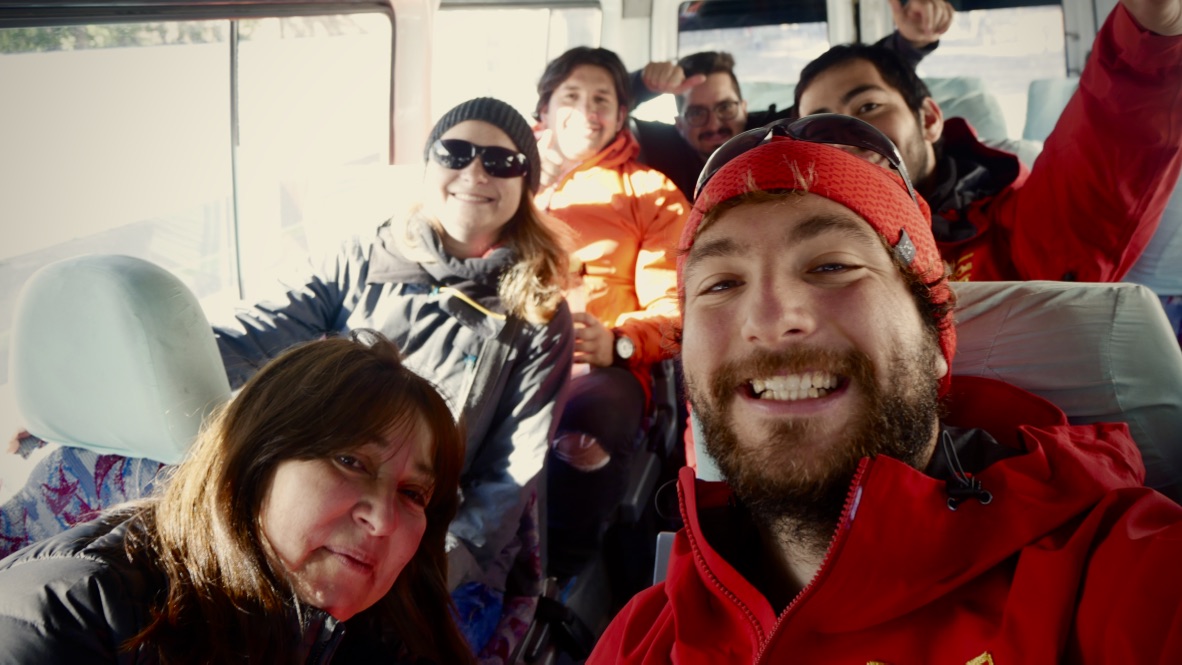
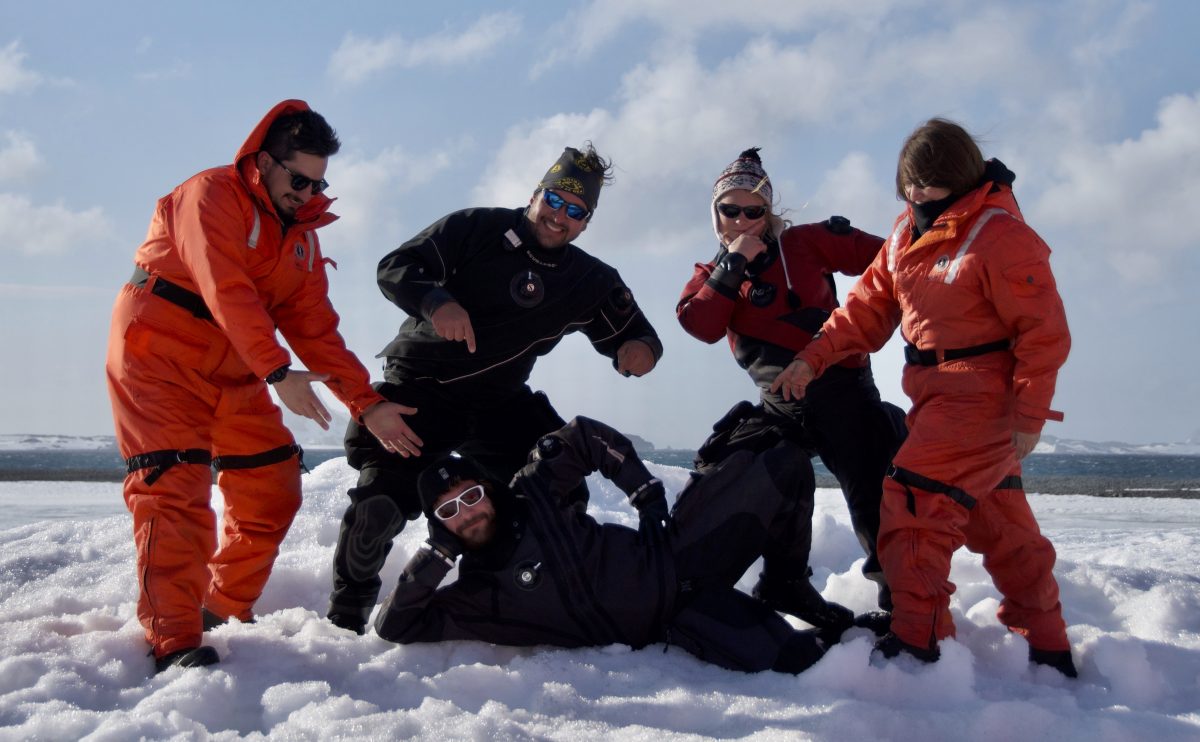
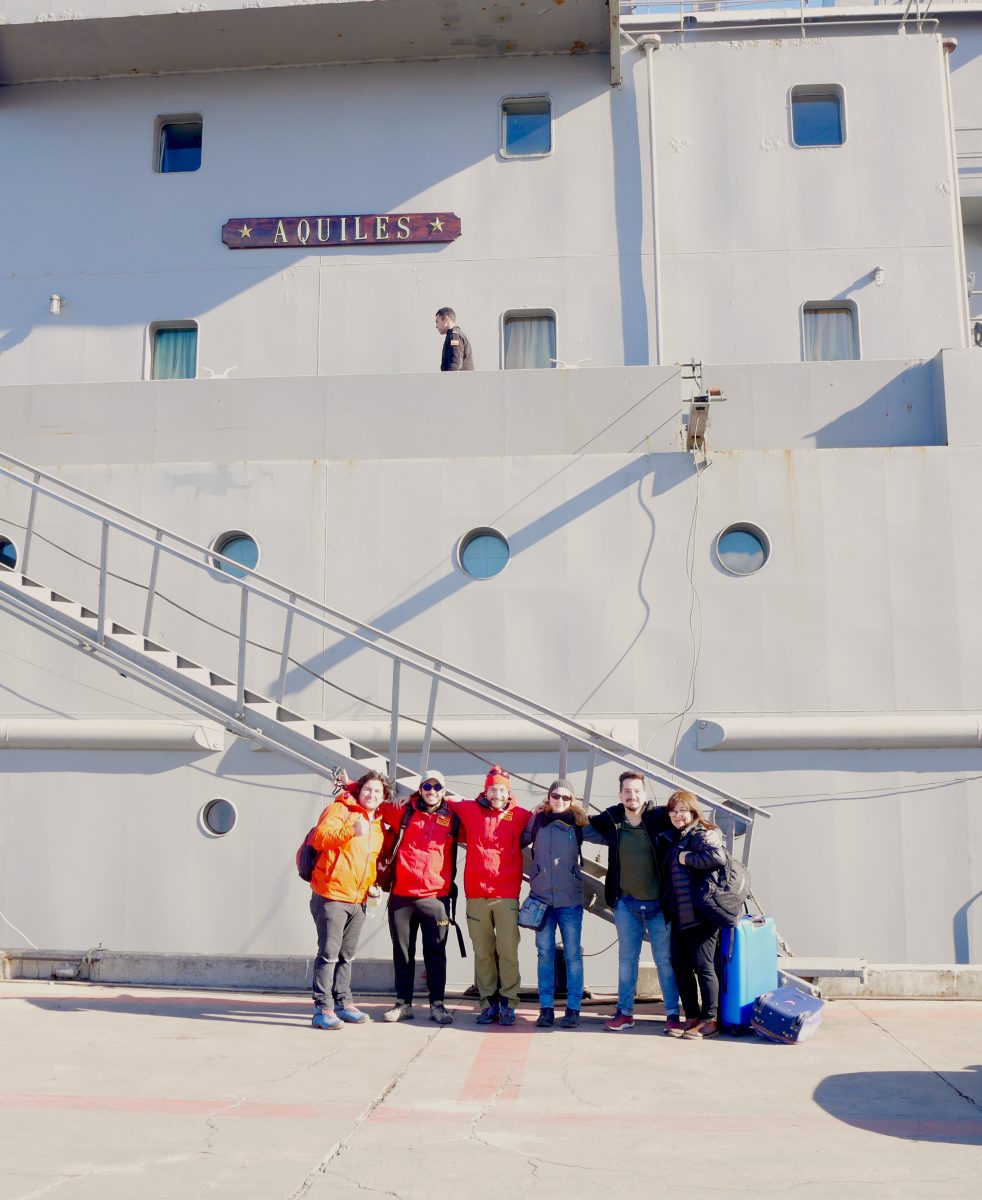
The 24thof November we started our journey from Punta Arenas, one of the southernmost cities of Chile, on board of the armada vessel Aquiles that was going to take us across the Drake to the South Shetland Islands. Crossing one of the most furious seas in the world by boat was a unique experience. As you might imagine, it was bouncing quite a lot despite of being a relatively big ship. Sea-sickness pills were needed, but this was counteracted by the spectacular landscapes with amazing fjords and glaciers that we left behind on the southernmost tip of Tierra del Fuego as we set sails from Puerto Williams.

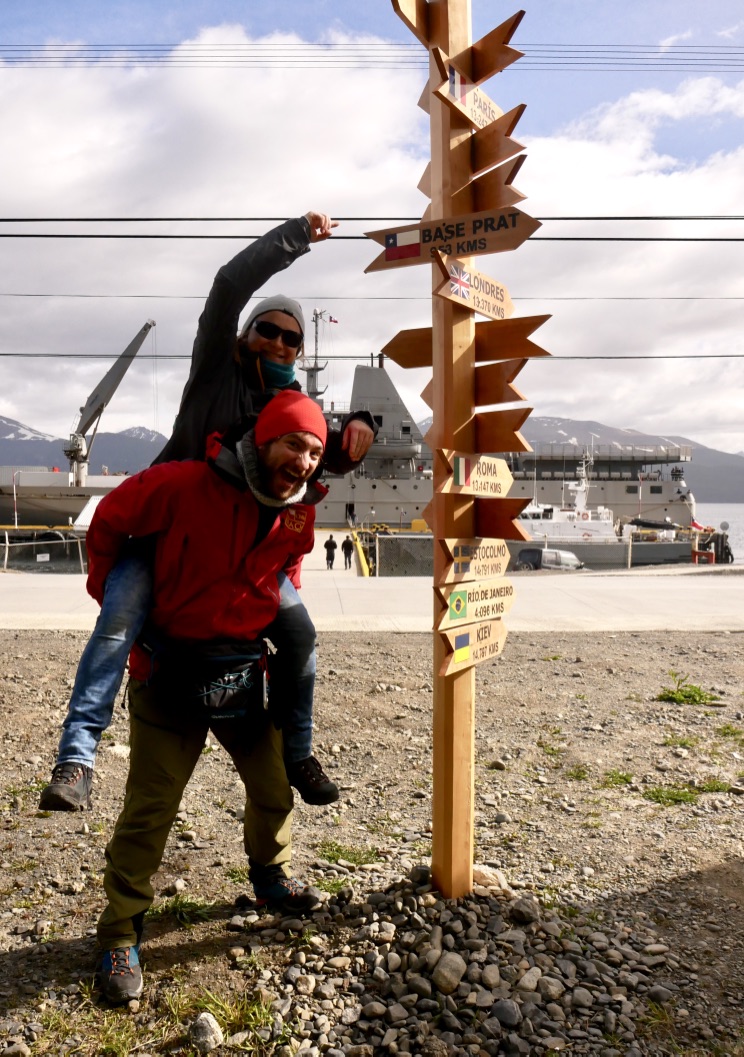
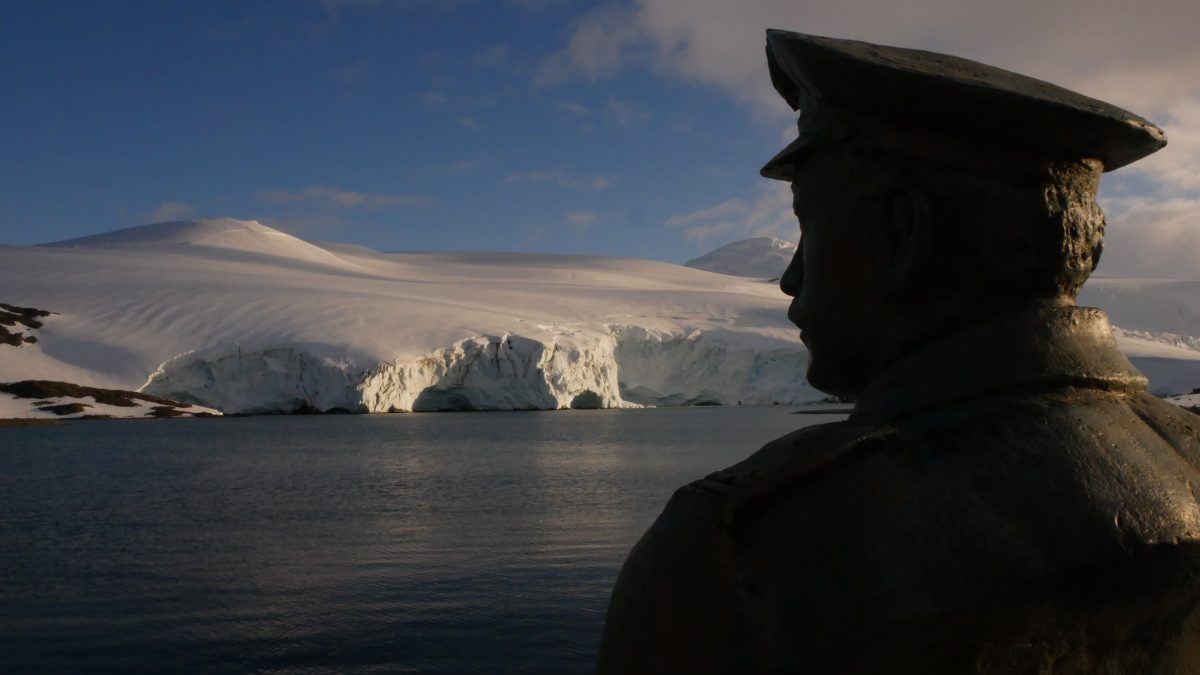
I can’t quite describe the feeling of spotting the first signs of land among the misty dusk from the boat. Glaciers appearing in the distance, chunks of ice passing by and groups of whales and penguins welcoming our arrival to the southernmost continent. It was a fantastic spectacle that set tears of joy in most of us.
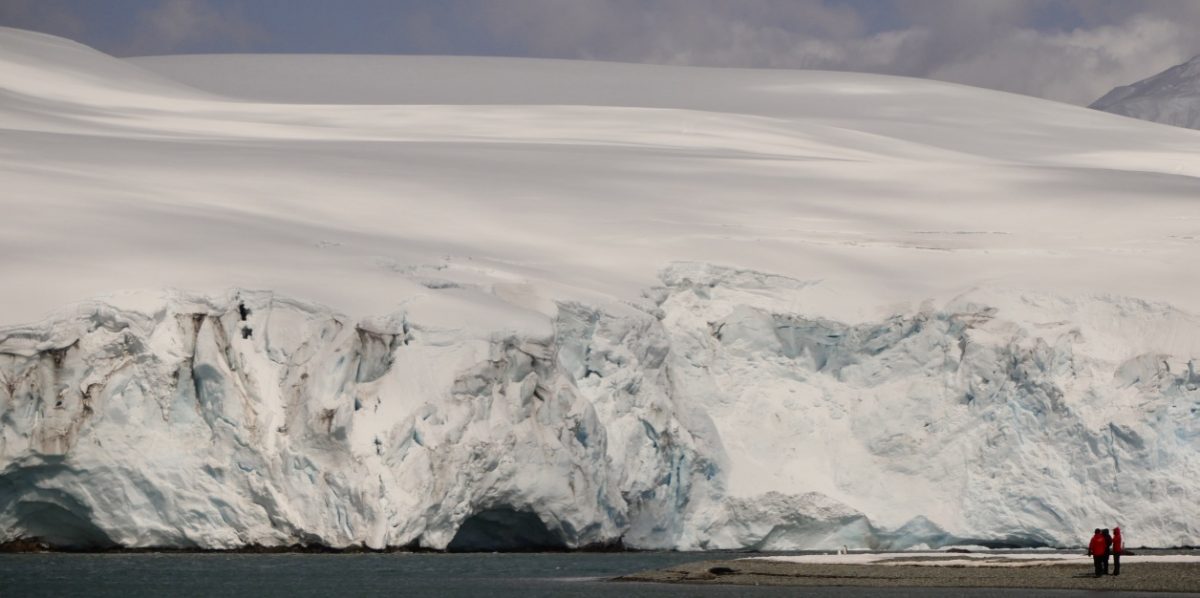
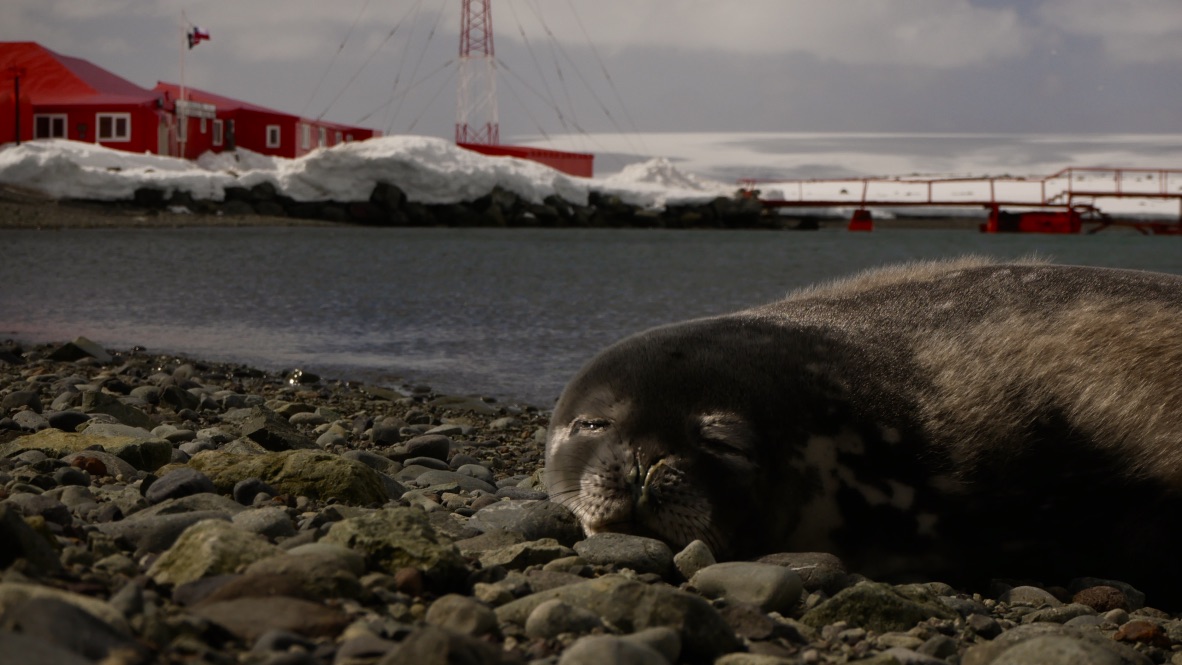

After one week of sailing we arrived to our destination, Base Arturo Prat, in Greenwich Island. This was going to be our home for the next 2 weeks. The scenery couldn’t be better. We had views to a huge calving glacier and were surrounded by tens of seals and a penguin here and there that inhabited the waters of Discovery Bay.
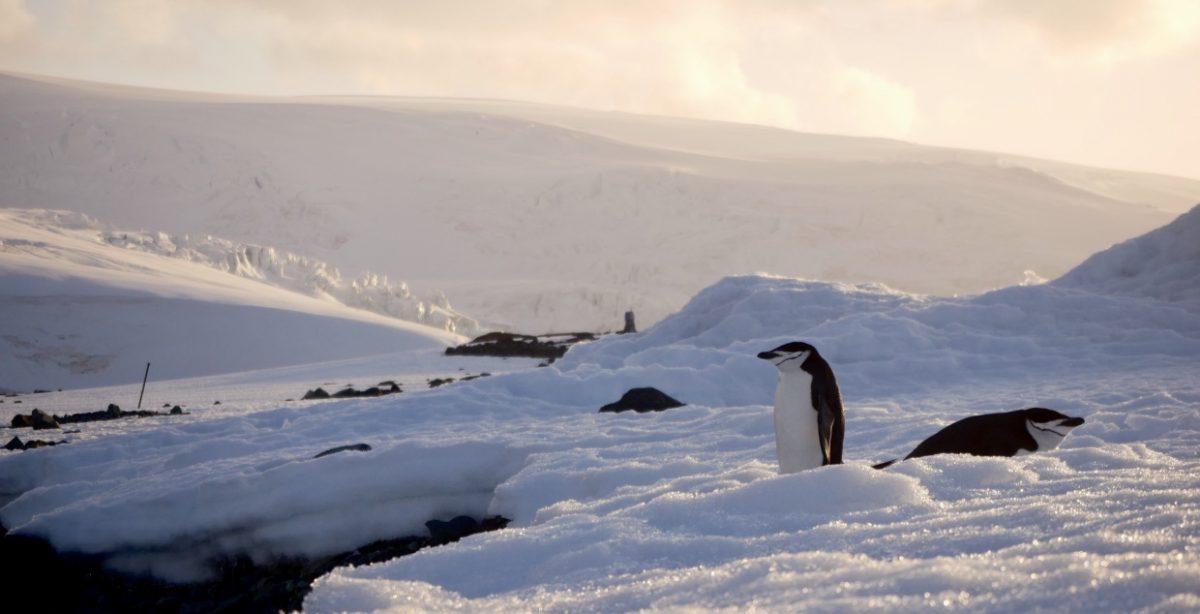
If something I’ve learned from doing fieldwork in Antarctica is that nothing goes according to plan. After having to solve some logistical problems and challenges, we finally started our work. We were going to be among the few diving teams that has ever explored the underwater habitats of Discovery Bay, and very vague information was available on what was living in those waters. We were looking for marine sponges, specifically an Antarctic species called Dendrilla antarctica. Sponges, which are one of the oldest ancestors of multicellular organisms usually like to settle in hard substrate to filter thousands of litters of water daily. So, we were looking for some sort of underwater walls or big rocks, and that was basically trying to search for a needle in a haystack. Using a very basic bathymetric map available for the area we selected some tentative points and we set off to explore them. After some failed dives without sponges we finally found the place that we were looking for! Tens of sponges were waiting for us in a vertical wall covered by seaweed, spotted with some of the most beautiful marine invertebrates I’ve ever seen. Whales where singing in the distance to make the moment of our finding even more special! Hearing the voices of these incredible animals underwater was one of the most special moments of the expedition!
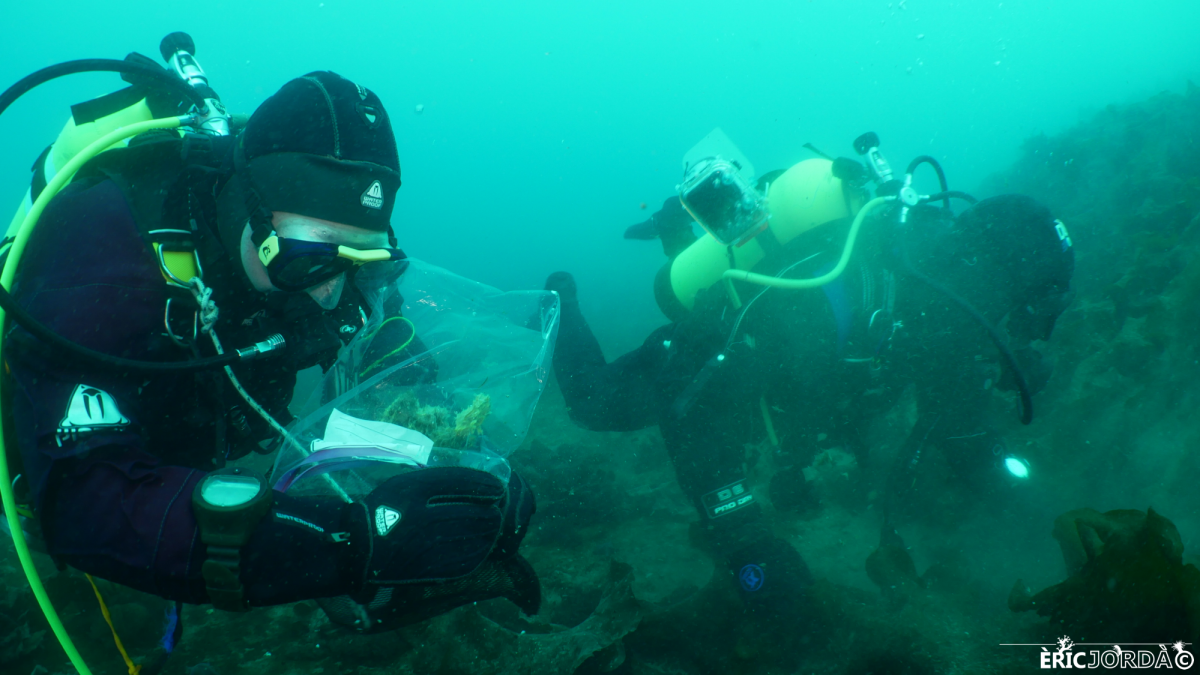
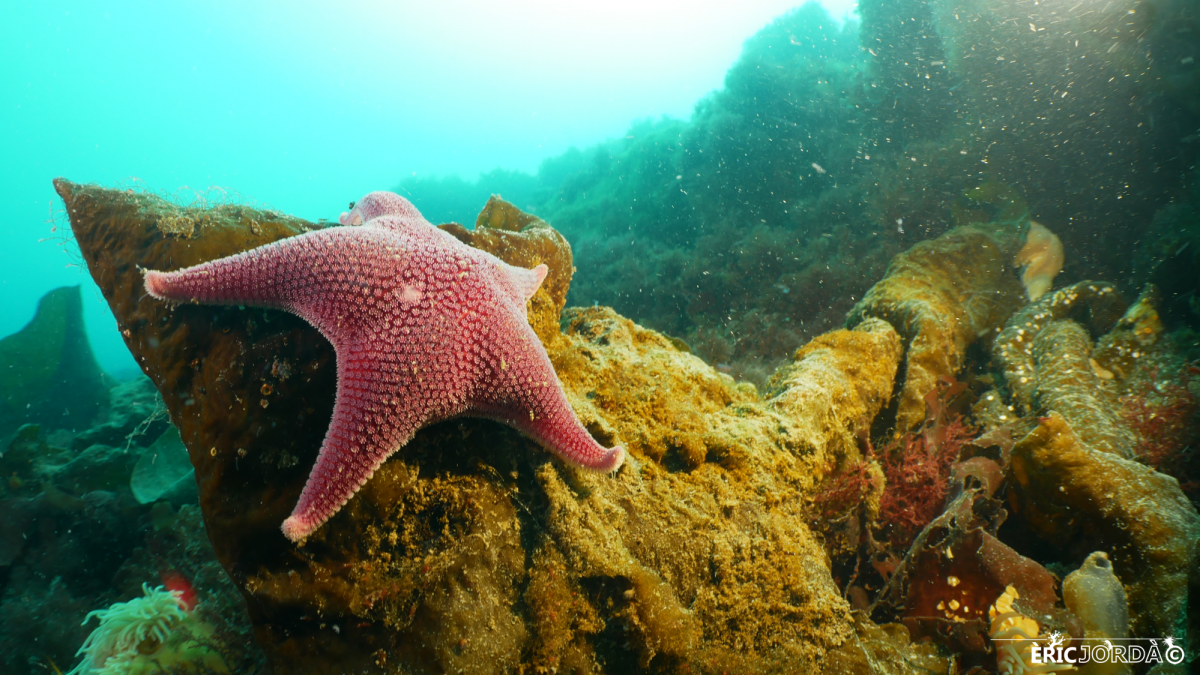

Back in the base, we pre-processed the samples in the lab to send them to Santiago, where they will try to shine new light on the metabolic relationships between the symbiont eukaryotes and the sponges.
Living for almost a month in such a remote and isolated place as it is Antarctica develops extremely strong bonds between the people you are surrounded by 24/7, as everyone has to work as a team and help each other in the best and in the worst moments. And this is one of the things that I take most value out of this experience. Friends and colleagues that will last for many years.
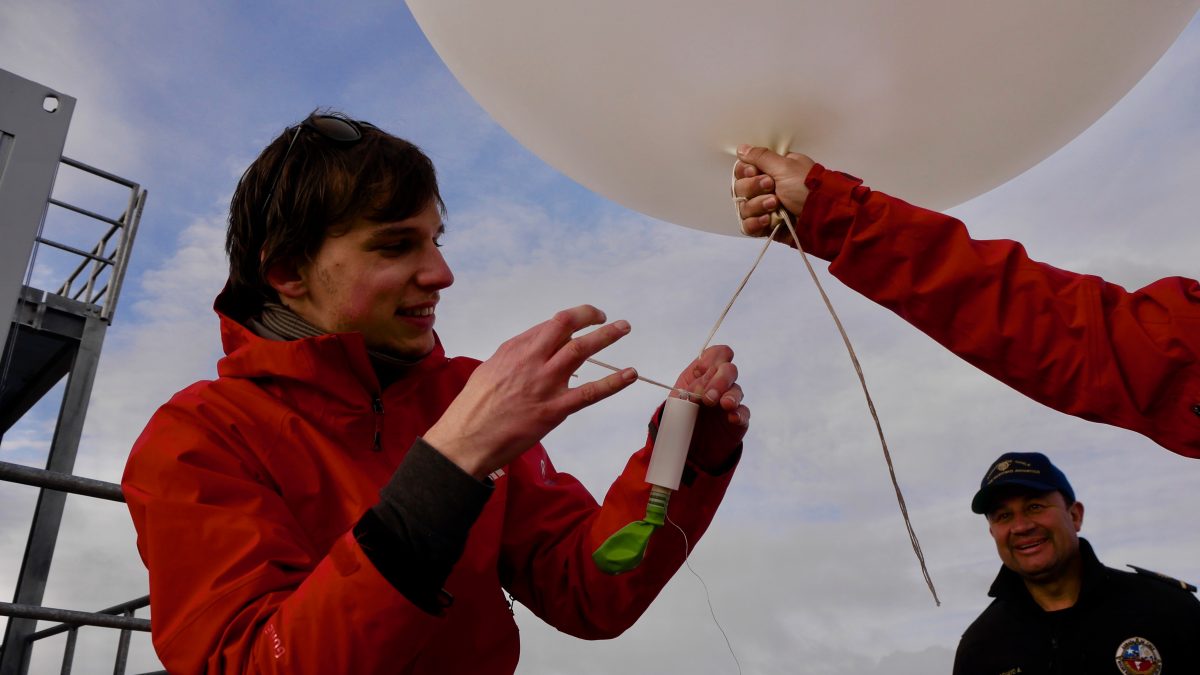
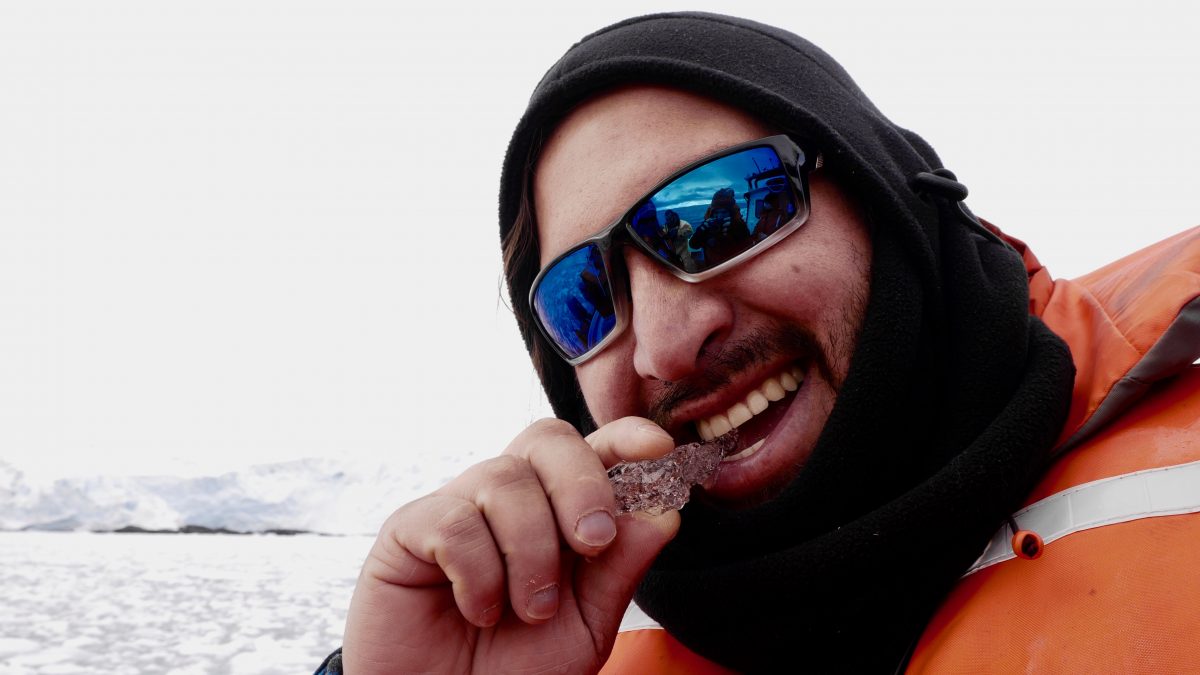
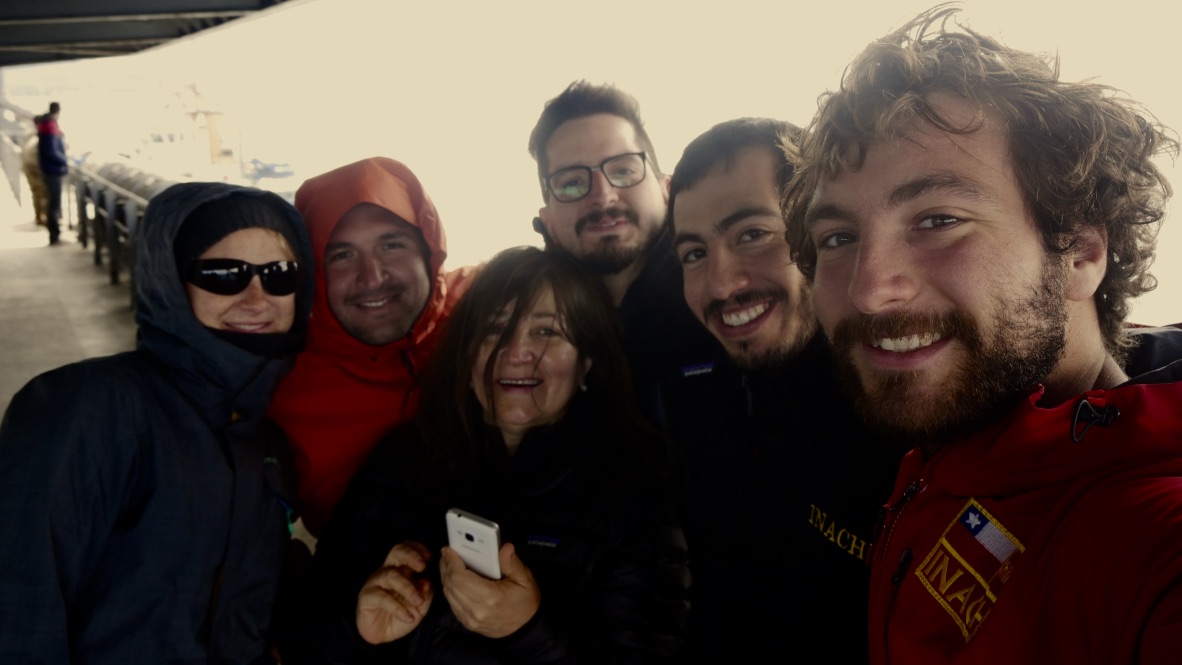
After our fieldwork in Greenwich island, we moved to King George Island to catch the plane that would take us back to Punta Arenas and we got the chance to explore the surroundings of this island for about 5 days.
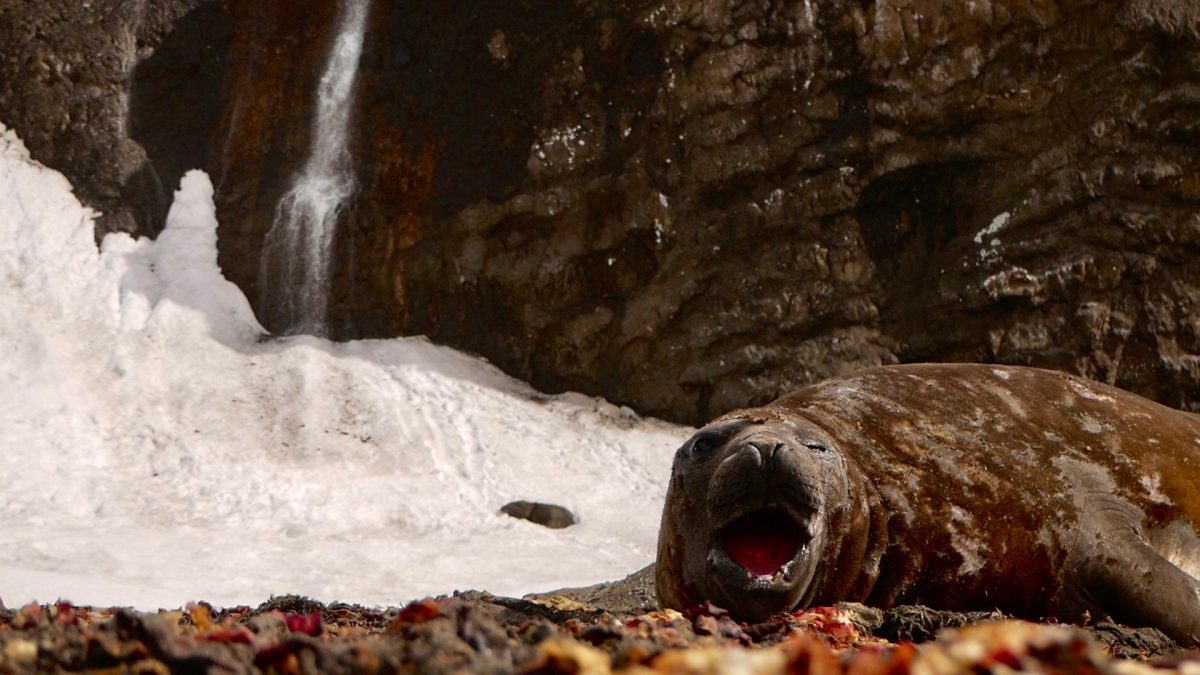
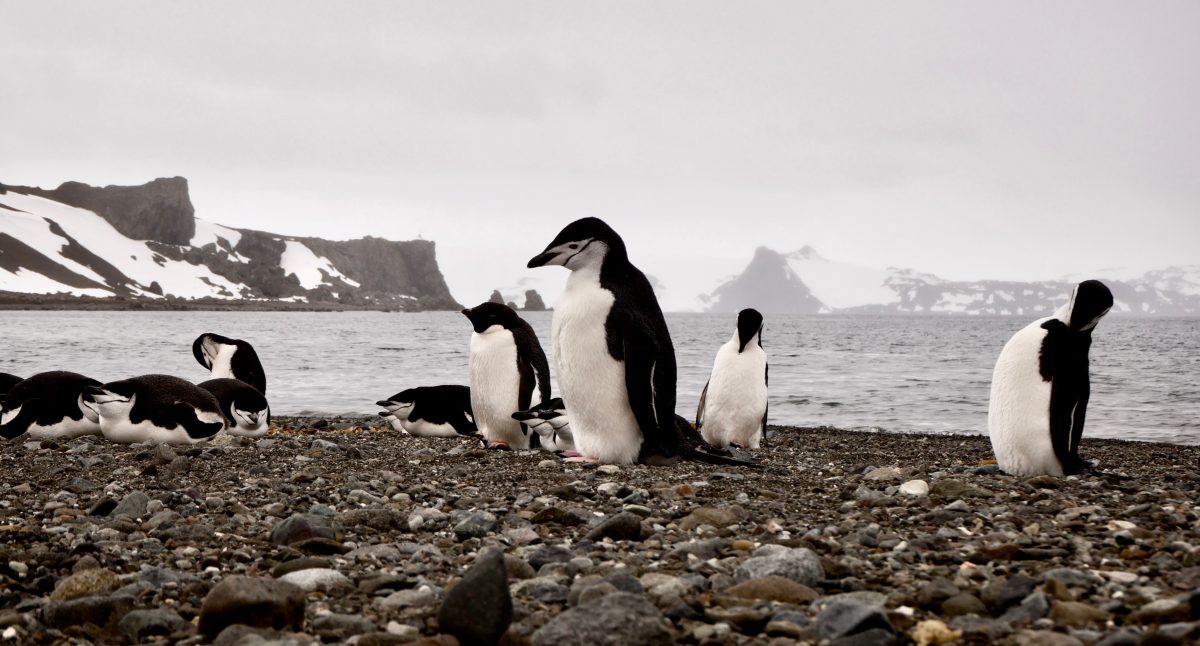
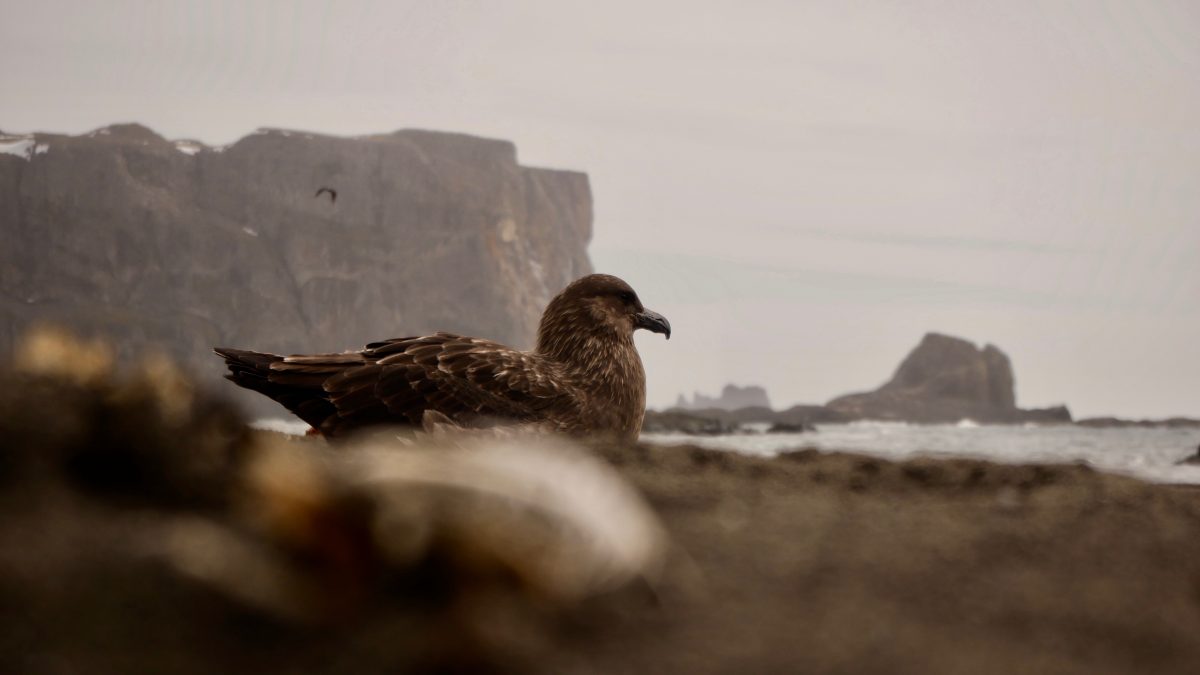
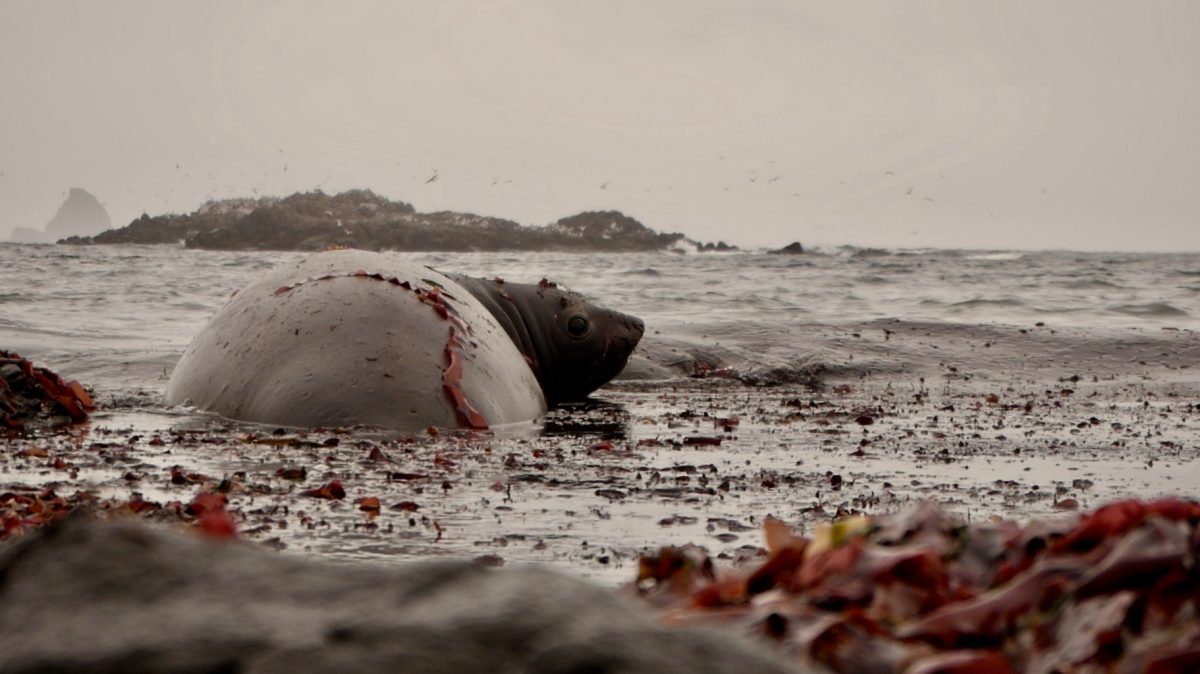
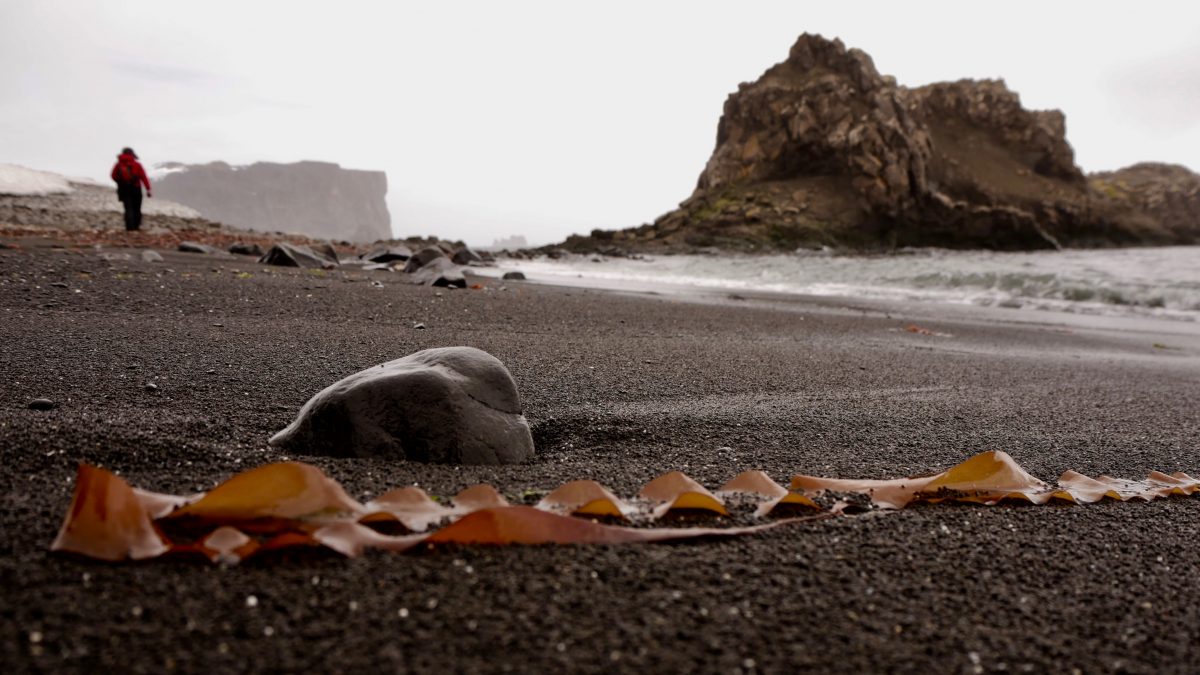
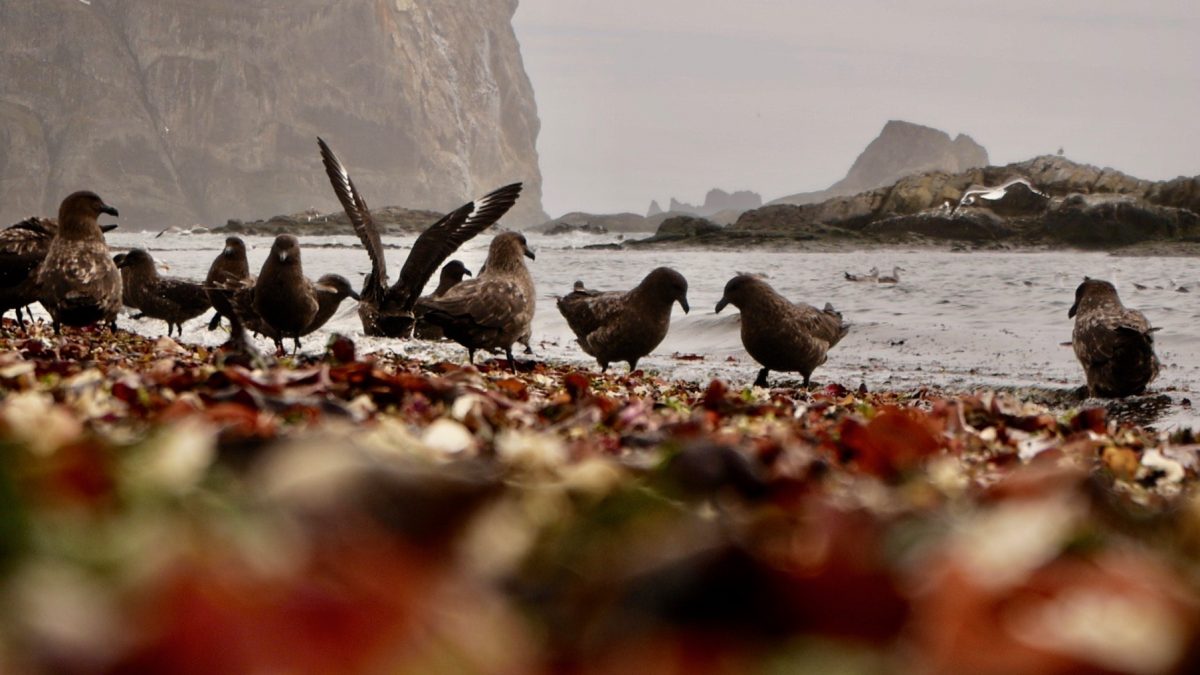

Seeing for one last time the White Continent disappear behind us while we were flying towards the Drake Passage gave me quite a special feeling. It was like if this piece of Earth was isolated from the rest of the World, like a bubble. A pristine place so far from everywhere else where humans inhabit, but at the same time, a place where our actions as a species produced anywhere else in the globe are causing huge impacts on this very important ecosystem for the correct functioning of our planet.
Just before leaving, I got the news that another Chilean scientific team was looking for a last-minute diver for an expedition to the Antarctic Peninsula by January of 2019. And of course, I said yes! Who has ever the opportunity to dive twice in Antarctica in less than 4 months!
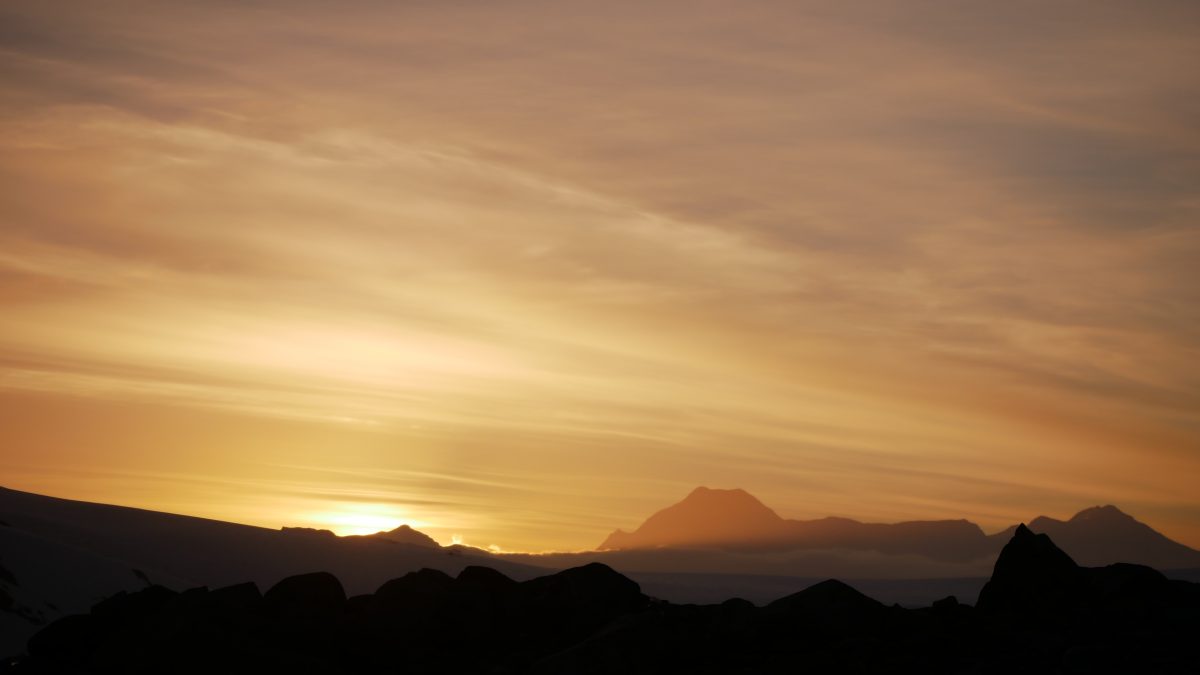
I still can’t believe that I will have another chance to travel back to Antarctica, this time in the Peninsula, from next January until the end of February. Once more, I’ll join a diving Chilean team to explore the underwater world of this amazing region and to try to gain new knowledge on the benthic fauna inhabiting these cold waters!